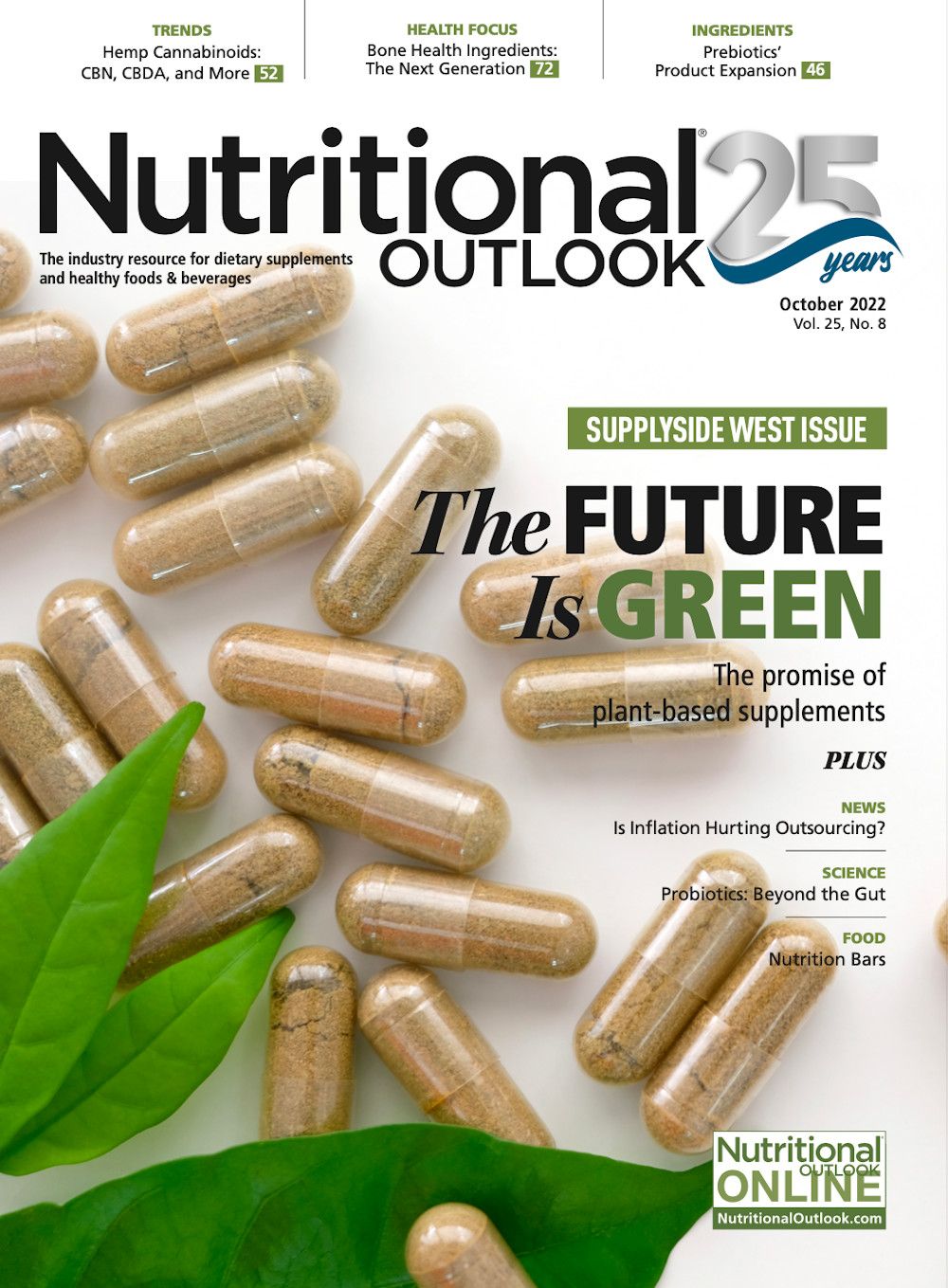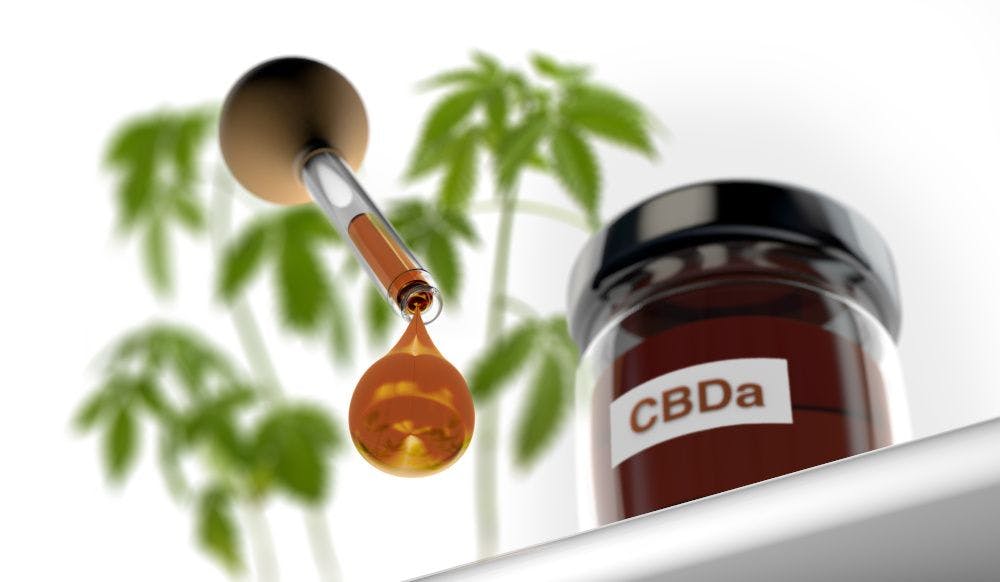Best practices for bars: Raise the protein, cut the sugar
And don’t forget to educate consumers about the benefits your bar provides.
Photo © Misskaterina - Stock.adobe.com

Protein still dominates the nutrition bar category as a major purchase driver, experts say. “With the snackification trend, people increasingly see snack bars as a healthy way to eat on the move at any time during the day. Adding protein is one key way for manufacturers to differentiate their products,” says Mindy Leveille, senior global marketing manager, dairy and plant proteins, Kerry (Beloit, WI).
Not only that, says Leveille, “Our 2021 Kerry global consumer protein study found that more than 50% of protein consumers in every region we surveyed would pay 10% or more extra for a protein premium. More than 15% globally would pay a 25%-or-more premium for added protein.”
Courtney LeDrew, senior marketing manager at Cargill (Wayzata, MN), agrees that consumers can’t seem to get enough of protein. “Most consumers are looking for total grams of protein—and, in general, the more protein, the better. Our proprietary research finds six in 10 snack bar shoppers say they are likely to look at the amount of protein.”
What Kind of Protein?
While protein content is important, protein type is also important to shoppers. Their choices will depend on their particular lifestyle, dietary restrictions, beliefs, or personal preferences. For example, when it comes to plant protein, lifestyle and dietary restrictions play a large role, but broader concerns about the environment and a desire for more sustainable living are also drivers.
“Protein type is rising in priority as climate change begins to have an impact on consumer habits and trends,” Leveille says. “Sustainability and environmental concerns are rising, and these should translate into increased consumption of plant-based protein products in the years to come as consumers come to realize the benefits of plant-based proteins in terms of health and sustainability perspective.”
Offering hybrid bars marrying plant-based and dairy protein is a good solution for brands. The plant protein can give bars a more sustainable halo without requiring formulators to commit entirely to plant-based protein. These products also bring in flexitarian consumers looking to reduce their consumption of animal-based foods but who are not zealous about cutting out animal products in totality.
Reduced Sugar/Extra Benefits
Protein content is not consumers’ only priority when it comes to bars. Both Leveille and LeDrew agree that consumers also want their protein bars to be lower in sugar. But sugar may raise other challenges for formulators.
“Low/reduced sugar is one of the most influential purchase drivers with snack bars,” says Leveille. “Sugar reduction often leads to product development challenges in terms of sweetness, taste perception, mouthfeel, and texture.”
Not only that, “There’s definitely room in the marketplace for snack bars that offer other health-supportive benefits, too. Coming out of COVID-19, immunity is a big area of interest,” LeDrew adds. “Consumers are always looking to experiment and try new things.”
Raising the Bar
Of course, products that offer high protein, low sugar, clean labels, sustainability, delicious taste, unique flavors, and additional health benefits such as immune and digestive health are not easy, nor cheap, to formulate and produce. That said, consumers may be willing to pay up for a premium product, says Leveille. She calls this premiumization, which is appealing to consumers by emphasizing superior quality and exclusivity.
“Premiumization continues to rise driven by health and wellness and sustainability concerns as consumers are increasingly focusing on these aspects,” Leveille explains. “Consumers are now willing to pay premium prices on value-added products with real benefits. Our research also revealed that globally, 72% of consumers are willing to pay a price premium for protein-fortified food and beverage products.”
Of course, explaining to consumers why these premium bars are worth the money may require education. Consider the benchmarks often used to explain protein content. There is only a 28% global awareness of what the Protein Digestibility Corrected Amino Acid Score (PDCAAS) is, for instance, which is not ideal if you are using PDCAAS as a way to get customers to understand why your protein may be superior to a competitor’s. Tell them what PDCAAS means and why it is important.
People want bars with all the bells and whistles, but they also want to know what it is they are paying for. Ultimately, the snack bar category may be saturated, but companies that can demonstrate the value of their product with the right creativity and know-how will win the game.

Prinova acquires Aplinova to further increase its footprint in Latin America
April 7th 2025Prinova has recently announced the acquisition of Brazilian ingredients distributor Aplinova, which is a provider of specialty ingredients for a range of market segments that include food, beverage, supplements, and personal care.






















